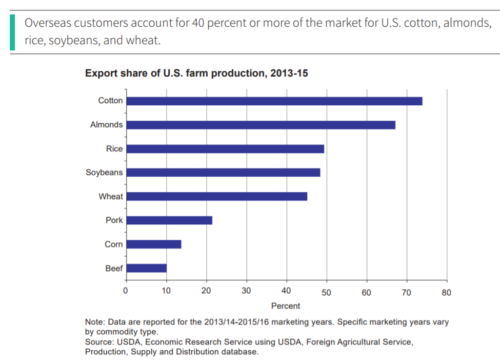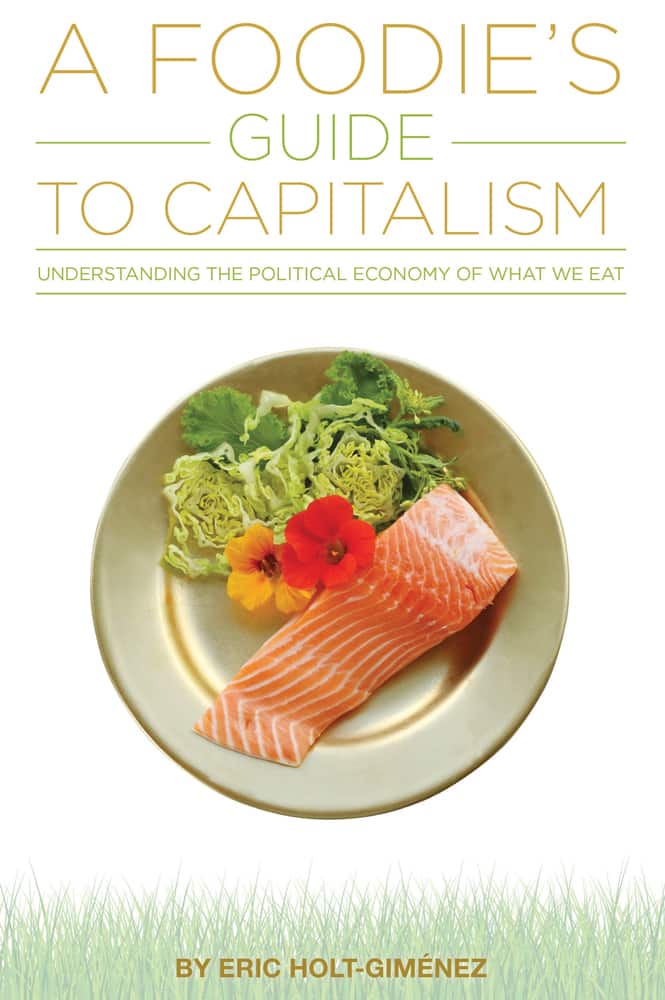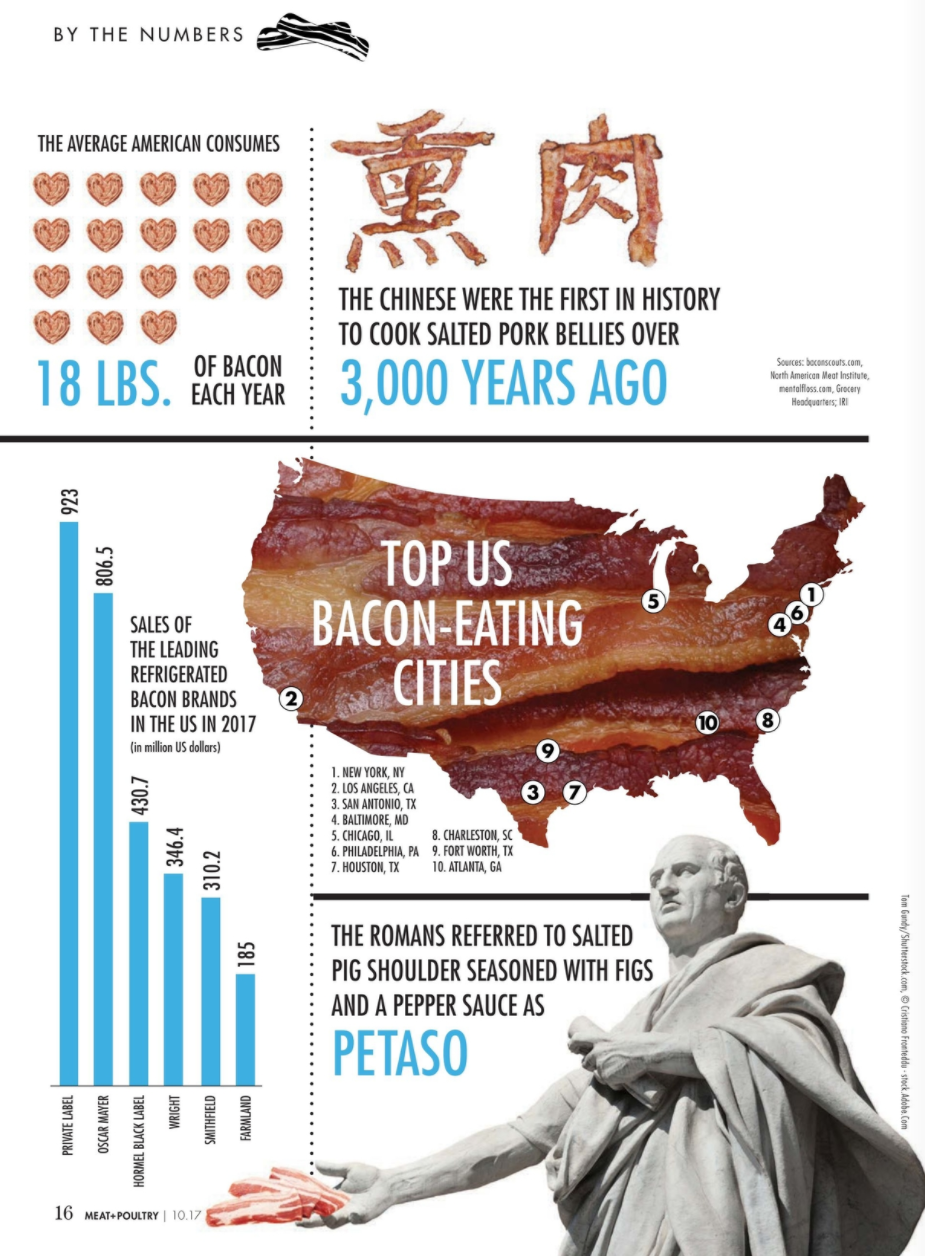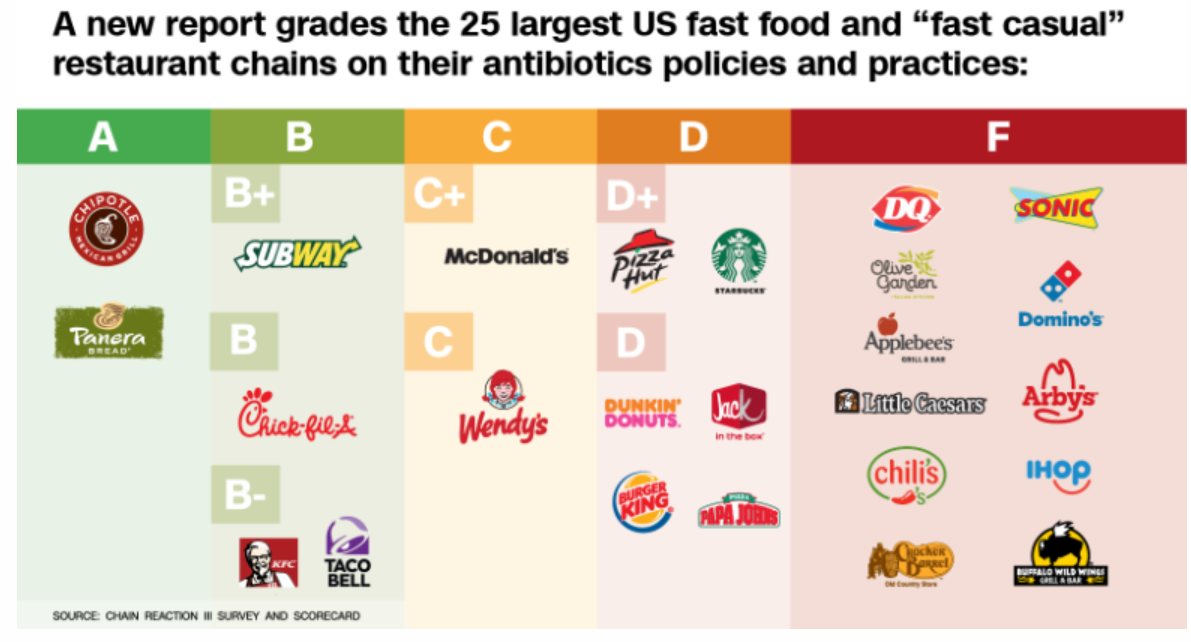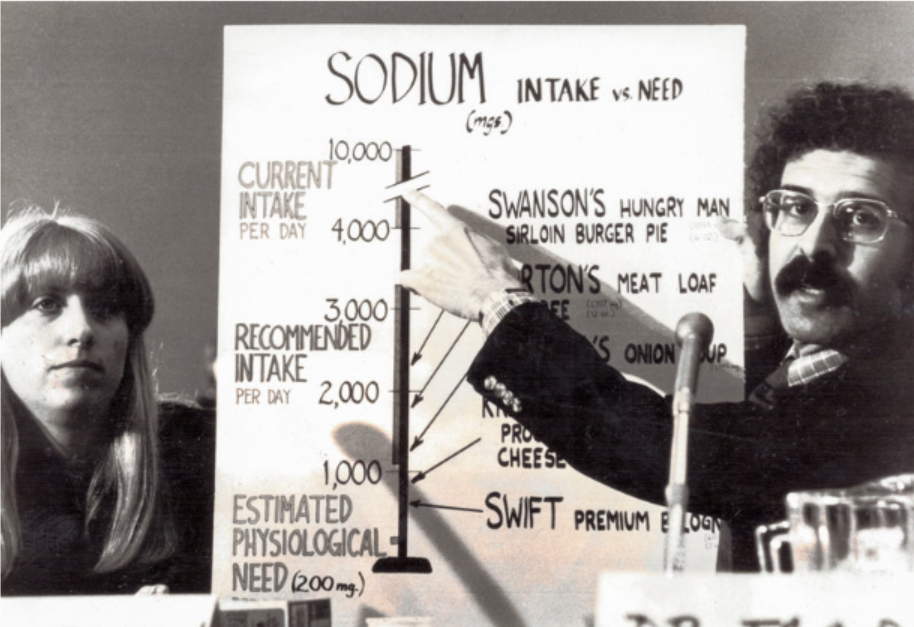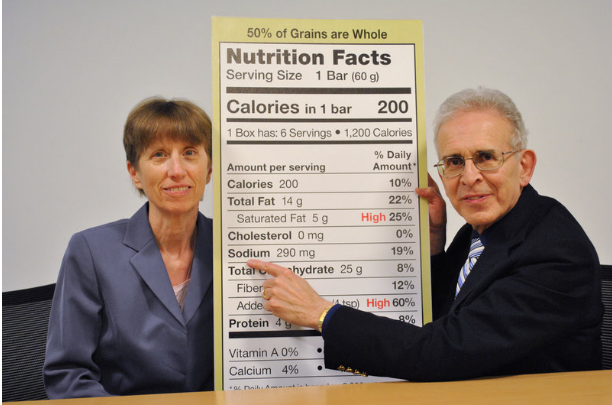I haven’t said anything about NAFTA since August, but events are moving so quickly in the Trump administration’s attempts to undo this trade agreement with Canada and Mexico that I’m having a hard time keeping up (Politico Morning Agriculture helps).
Also fortunately for anyone interested in this issue, the Haynes and Boone law firm has created the “NAFTA Renegotiation Monitor.” This tracks the countries’ positions on more than 30 issues under debate. I’m particularly interested in agricultural and phytosanitary (translation: food safety) issues, but this is a great place to find out about any any of them. This Monitor makes clear what is at stake:

According to Politico,
Trump has vowed to withdraw from the 23-year-old agreement altogether. That would usher in the new isolationist era that he has long threatened, potentially endangering tens of thousands of American jobs that depend on cross-border agreements for everything from manufacturing automobiles to the export of beef… officials made clear they were at an impasse on a number of changes specifically sought by the Trump administration that dovetail with its “America First” agenda. As a result, Canada, Mexico and the United States have agreed to delay their next round of talks by nearly a month
The National Association of State Departments of Agriculture (NASDA) and similar groups in Mexico and Canada issued a joint statement calling on their governments to make sure that whatever gets done to NAFTA does not hurt agriculture.
Politico reports that 86 food and agricultural industry groups say that if the Trump administration really does ask Congress to withdraw from NAFTA to pressure Canada and Mexico into meeting U.S. demands (as it has threatened to do, then it risks causing substantial harm to the U.S. economy: “Contracts would be canceled, sales would be lost, able competitors would rush to seize our export markets, and litigation would abound, even before withdrawal would take effect.”
Furthermore, a NAFTA withdrawal would affect specific agriculture sectors. These effects are outlined in a letter to Commerce Secretary Wilbur Ross signed by numerous agriculture organizations.
- Poultry: In 2016, U.S. poultry exports were 7.95 billion pounds, over 16 percent of total production. Canada was the second-largest market for the chicken industry and in the top five for turkey. Almost 70 percent of U.S. exports of turkey go to Mexico.
- High-fructose corn syrup: U.S. exports to Mexico would decrease by $500 million per year.
- Fruits and veggies: Canada and Mexico account for 18 percent of U.S. fresh fruit exports and 60 percent of U.S. fresh vegetable exports. Since 1993, fruit and vegetable exports from the U.S. to Mexico and Canada have more than tripled, totaling $7.2 billion.
- Beef: In 2016, U.S. beef exports to Mexico and Canada exceeded $1.7 billion and accounted for 27 percent of total U.S. beef exports.
- Dairy: Over $1 billion a year in U.S. dairy products are shipped to Mexico.
In other words, food and agriculture groups view NAFTA as good for US agriculture. They do not view it as so broken that it needs fixing.
